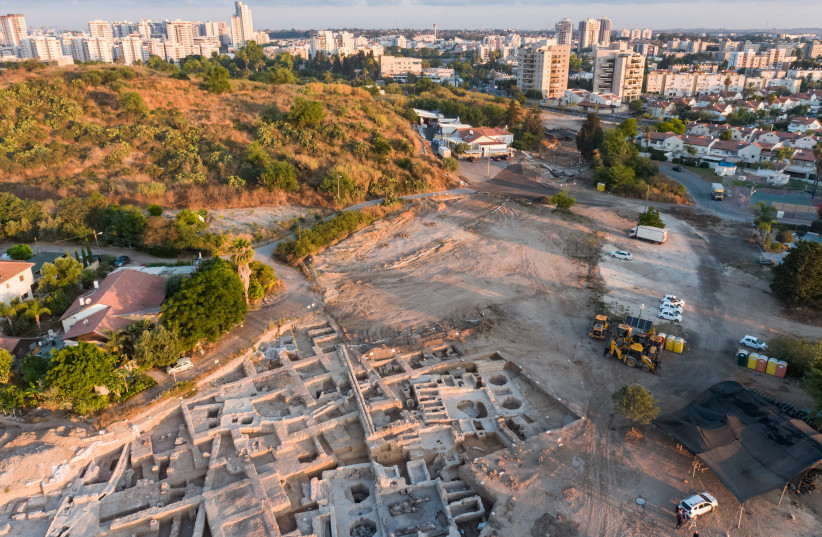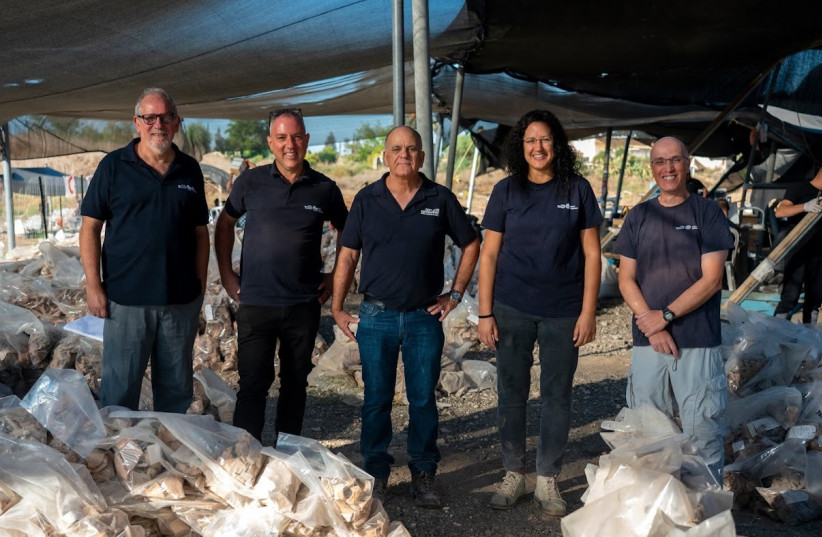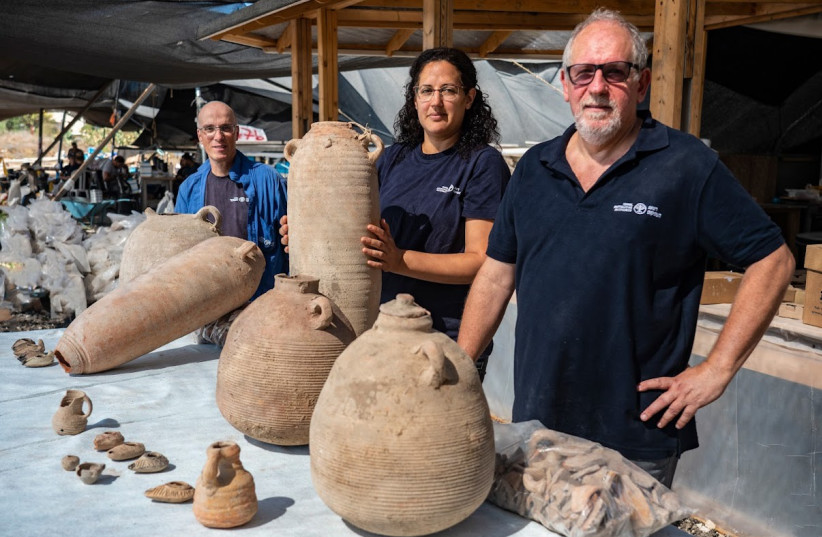
 TARNÓW. „GALICJANER SZTETL”
TARNÓW. „GALICJANER SZTETL”

 TARNÓW. EDZIA, HANNA MILLER, ANNA WEKSLER (1939)
TARNÓW. EDZIA, HANNA MILLER, ANNA WEKSLER (1939)
Pierwsze rodziny żydowskie osiedliły się na przedmieściu wschodnim Tarnowa w XV w. W XVI w. zezwolono im na zakup kilku domów w obrębie murów miejskich, ale przy wyraźnie wydzielonej ulicy. Tak tworzyć się poczęła dzielnica żydowska, bardzo powoli rozszerzająca swój obszar.
4 maja 1581 r. Żydzi tarnowscy otrzymali przywilej od ówczesnego właściciela Tarnowa, księcia Konstantego Wasyla Ostrogskiego zapewniający im wyłączenie spod jurysdykcji tarnowskiej (miejskiej), a także gwarantujący bezpieczeństwo synagogi i cmentarza. Jednakże już w 1633 r. wydany został dekret zabraniający przyjmowania Żydów do miasta oraz zakazujący im zajmowania się handlem, szynkarstwem i dzierżawami. 3 lipca 1637 r. wszystkie dawne przywileje przywrócono, aby w 1654 r. znów je odwołać.
Dopiero w drugiej połowie XVIII w. miasto, zniszczone gospodarczo i popadające w ruinę, zezwoliło na liczniejsze osiedlenie się kupcom żydowskim w obrębie murów miejskich. W 1772 r. mieszkało tu 1200 Żydów, stanowiąc 34% ludności. W 1788 r. założono szkołę żydowska, której pierwszym rektorem został Naftali Herz Homberg. W 1842 r. założono szpital żydowski. W 1890 r. fundacja barona Hirscha założyła w Tarnowie drugą szkołę żydowską.
W drugiej połowie XIX w. Żydzi przodowali w handlu i drobnym przemyśle. Zajmowali wówczas zwartym osadnictwem całą wschodnią część miasta, zwaną Grabówką, a także Rynek i kilka przyległych ulic. W 1890 r. w mieście mieszkało 11 677 Żydów, stanowiąc 42,4% ogółu mieszkańców.
W 1887 r. powstało stowarzyszenie syjonistyczne Hatchija („Odrodzenie”), które zmieniło potem nazwę na „Syjon”. W latach 1891–1893 Tarnów stał się „metropolią” ruchu syjonistycznego, do której zwracały się podobne organizacje nie tylko z miast galicyjskich, ale także z Wiednia i Berlina. W latach 1895–1896 sprowadzono z Palestyny duże ilości wina i koniaku do miejscowych sklepów (podobnie jak do Lwowa); zyski ze sprzedaży trunków przekazano na cele towarzystw kolonizacyjnych. W 1897 r. wybitny działacz syjonistyczny Abraham Salz utworzył w 1897 r. stowarzyszenie Ahawat Syjon („Miłość Syjonu”, także Galicyjskie Towarzystwo do Prac Kolonizacyjnych w Palestynie), z siedzibą w Tarnowie. Miało ono doprowadzić do „założenia nowego osiedla w Palestynie i skolonizowania go, w miarę możności Żydami pochodzącymi z Galicji”. W tym celu Salz zakupił od słynnego bankiera Edmunda Rotszylda grunty w Górnej Galilei o powierzchni 900 ha. Nadano im nazwę Machnaim. Na początku 1898 r. Ahawat Syjon mianowało Zygmunta Bromberga administratorem kolonii i wysłało go do Palestyny. Jesienią 1898 r. wyjechało do Machnaim pierwszych 11 kolonistów z Tarnowa, a w początku następnego roku – dalszych pięciu. W 1903 r. powstało stowarzyszenie syjonistyczne żydowskich kobiet „Miriam”. W 1906 r. odrodziła się frakcja ortodoksyjnej organizacji Mizrachi, funkcjonującej już w Tarnowie przed 1884 roku.
W 1908 r. ukończono budowę Nowej Synagogi, zwanej Jubileuszową. Była to najbardziej okazała budowla gminy żydowskiej w mieście. W 1910 r. powstało stowarzyszenie Safa Berura, które założyło w Tarnowie szkołę i bibliotekę, liczącą 20 tys. książek w języku polskim, hebrajskim, jidysz i niemieckim.
W okresie międzywojennym w 1921 r. w Tarnowie żyło 15,6 tys. Żydów, stanowiąc 42% mieszkańców. W latach 1920–1939 emigrowało do Palestyny przeciętnie 70–150 osób rocznie. W 1928 r. zaczęto wydawać syjonistyczny „Tygodnik Żydowski” w języku polskim, który zdobył sobie powszechną poczytność w mieście. We wrześniu 1939 r. liczba Żydów w Tarnowie wzrosła do około 25 tys. osób (45% ogółu mieszkańców). Znaczna część z nich stanowiła elitę intelektualną i kulturalną miasta; byli to adwokaci, lekarze, muzycy, nauczyciele, przedsiębiorcy. Większość Żydów należała jednak do biedoty. Tarnów był wówczas czwartym w byłej Galicji miastem co do liczby Żydów – po Lwowie, Krakowie i Stanisławowie, a pierwszym pośród większych miast pod względem udziału w ogólnej liczbie mieszkańców.
Podczas drugiej wojny światowej, Niemcy wkroczyli do Tarnowa 7 września 1939 r. Już w listopadzie 1939 r. spalili i wysadzili wszystkie synagogi oraz domy modlitwy (było ich 40). W marcu 1941 r. z ich rozkazu powstało getto, w którym zamknięto ok. 40 tys. Żydów z Tarnowa, okolic oraz zagranicy.
Pierwszy aktem ludobójstwa w Tarnowie była tzw. pierwsza akcja. W dniach 11–19 czerwca 1942 r. Niemcy zgromadzili na rynku miejskim tysiące Żydów. Jednocześnie na ulicach miasta oraz na cmentarzu żydowskim rozstrzelano 3 tys. osób, w lesie w pobliskiej Zbylitowskiej Górze zamordowano kolejne 7 tys. osób, a następne 12 tys. wywieziono do obozu zagłady w Bełżcu. We wrześniu 1942 r. wywieziono 5 tys. Żydów do obozu koncentracyjnego Auschwitz-Birkenau oraz 3 tys. Żydów do obozu koncentracyjnego w Płaszowie. Podczas likwidacji getta we wrześniu 1943 r. Niemcy zamordowali na miejscu ok. 10 tys. Żydów, a pozostałych wywieźli do obozu koncentracyjnego w Płaszowie i obozu pracy przymusowej w Szebniach. Opuszczone budynki getta niszczały; rozebrano je już po wojnie. Na ich miejscu powstało nowe osiedle, które zupełnie zatarło kształt pierwotnej dzielnicy, w całości przed wojną zamieszkałej przez Żydów.
BIBLIOGRAFIA
- Bańburski K., Bogacz J., Kozioł J., Żydzi w Tarnowie: świat, którego nie ma, Tarnów 2003.
- Bartosz A., Żydowskim szlakiem po Tarnowie, Tarnów 2007.
- Hońdo L., Cmentarz żydowski w Tarnowie, Kraków 2001.
- Śliwa J., Tarnów, [w:] Encyclopedia of Camps and Ghettos, 1933–1945, Bloomington – Indianapolis 2012, ss. 584–587.
- Tarnow, [w:] Encyclopedia of Jewish Life Before and During the Holocaust, vol. III, New York 2001, ss. 1293–1296.
- Tarnow, [w:] Encyclopaedia Judaica, red. F. Skolnik, M. Berenbaum, t. 19, Detroit 2007, ss. 519–520.
Zawartość publikowanych artykułów i materiałów nie reprezentuje poglądów ani opinii Reunion’68,
ani też webmastera Blogu Reunion’68, chyba ze jest to wyraźnie zaznaczone.
Twoje uwagi, linki, własne artykuły lub wiadomości prześlij na adres:
webmaster@reunion68.com










